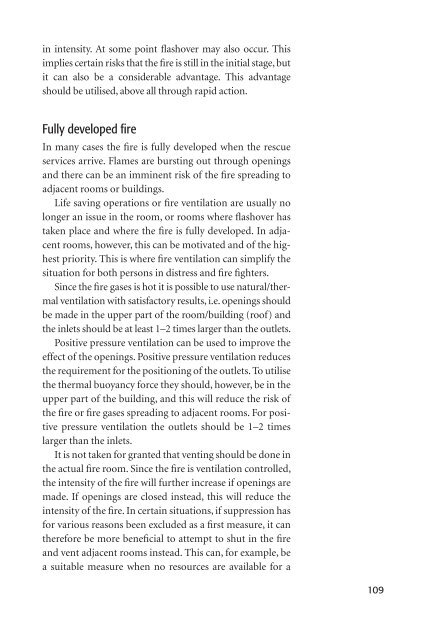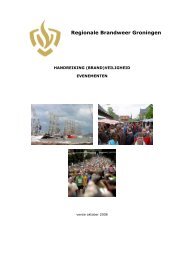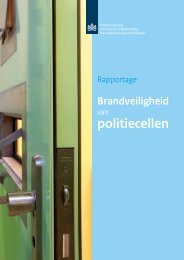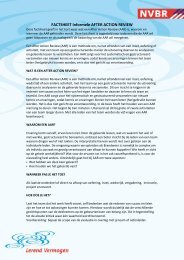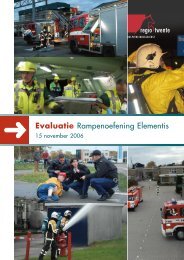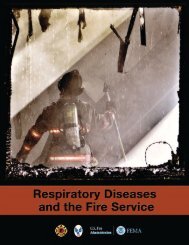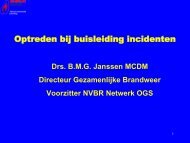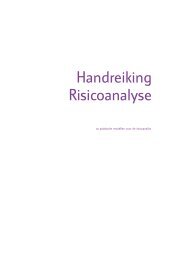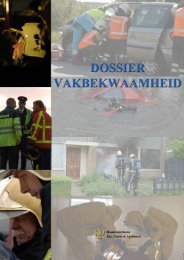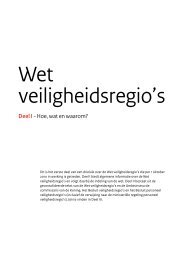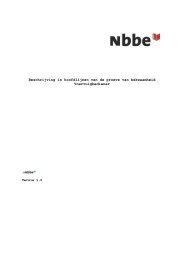Fire ventilation
Fire ventilation
Fire ventilation
- No tags were found...
Create successful ePaper yourself
Turn your PDF publications into a flip-book with our unique Google optimized e-Paper software.
in intensity. At some point flashover may also occur. Thisimplies certain risks that the fire is still in the initial stage, butit can also be a considerable advantage. This advantageshould be utilised, above all through rapid action.Fully developed fi reIn many cases the fire is fully developed when the rescueservices arrive. Flames are bursting out through openingsand there can be an imminent risk of the fire spreading toadjacent rooms or buildings.Life saving operations or fire <strong>ventilation</strong> are usually nolonger an issue in the room, or rooms where flashover hastaken place and where the fire is fully developed. In adjacentrooms, however, this can be motivated and of the highestpriority. This is where fire <strong>ventilation</strong> can simplify thesituation for both persons in distress and fire fighters.Since the fire gases is hot it is possible to use natural/thermal<strong>ventilation</strong> with satisfactory results, i.e. openings shouldbe made in the upper part of the room/building (roof) andthe inlets should be at least 1–2 times larger than the outlets.Positive pressure <strong>ventilation</strong> can be used to improve theeffect of the openings. Positive pressure <strong>ventilation</strong> reducesthe requirement for the positioning of the outlets. To utilisethe thermal buoyancy force they should, however, be in theupper part of the building, and this will reduce the risk ofthe fire or fire gases spreading to adjacent rooms. For positivepressure <strong>ventilation</strong> the outlets should be 1–2 timeslarger than the inlets.It is not taken for granted that venting should be done inthe actual fire room. Since the fire is <strong>ventilation</strong> controlled,the intensity of the fire will further increase if openings aremade. If openings are closed instead, this will reduce theintensity of the fire. In certain situations, if suppression hasfor various reasons been excluded as a first measure, it cantherefore be more beneficial to attempt to shut in the fireand vent adjacent rooms instead. This can, for example, bea suitable measure when no resources are available for a109


